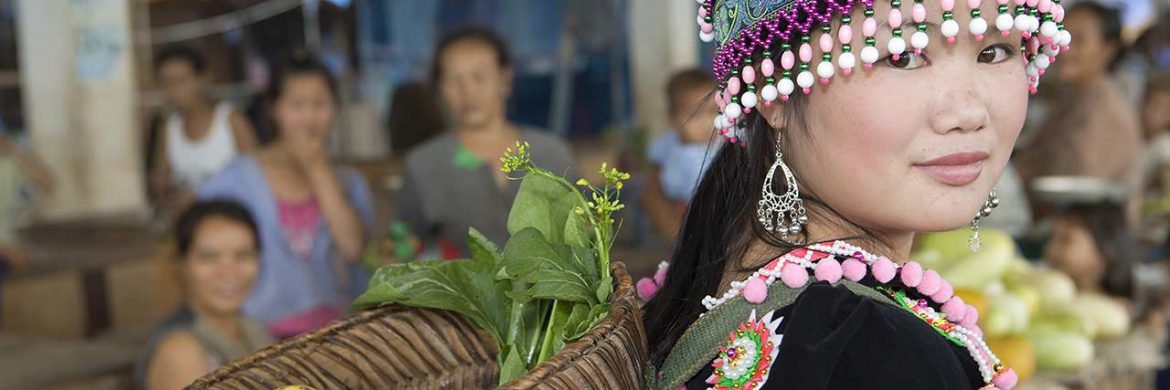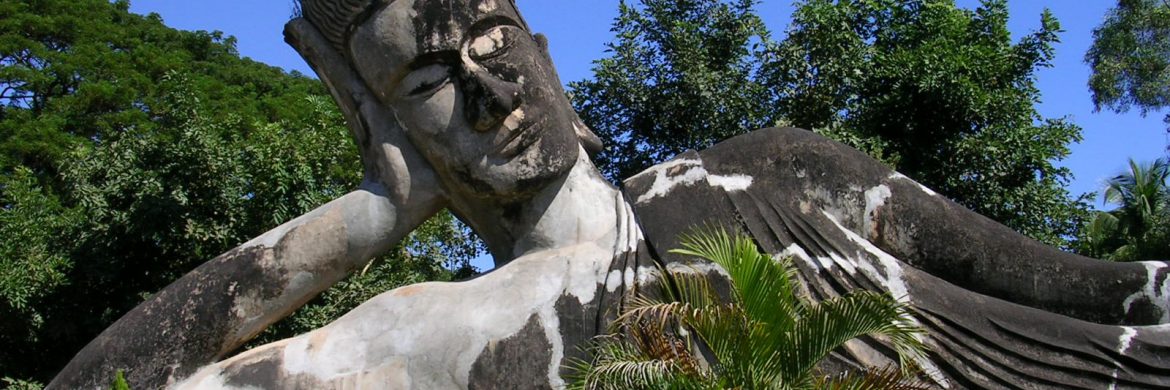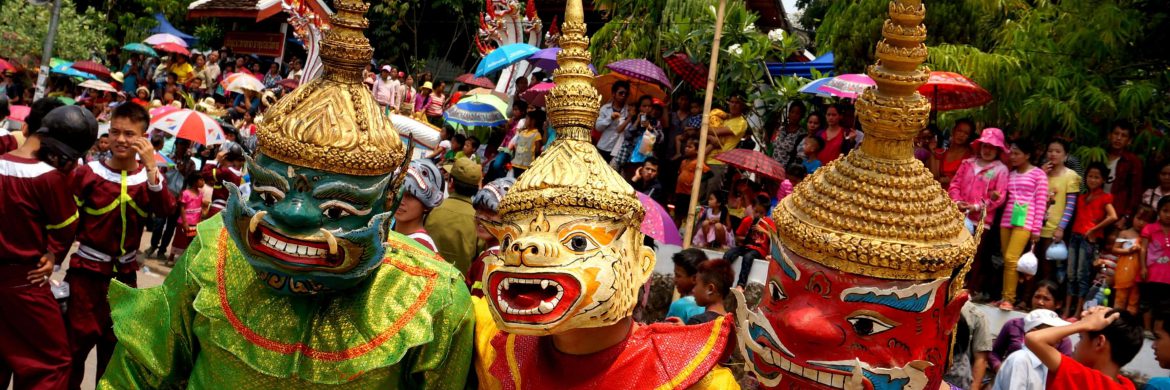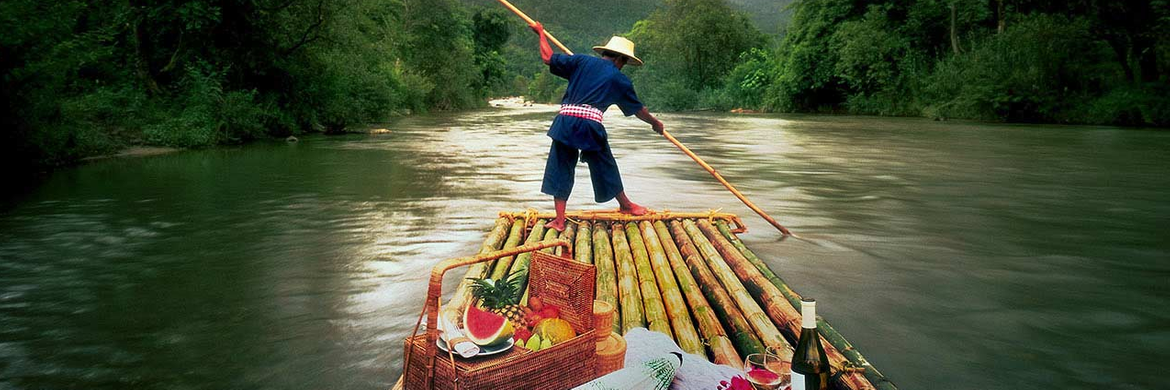Laos Escapes
Laos is Southeast Asia’s best-kept secret. What this landlocked nation lacks in beaches it more than makes up for in timeless charm. Its soft-spoken people, colourful hilltribe communities and vast stretches of waterfall-filled wilderness contribute to an ‘undiscovered’ quality few destinations can match. Laos is tranquility incarnate, and the perfect place to visit for a transformative getaway.
Considered by many to be Southeast Asia’s best-kept secret, what Laos lacks in beaches it more than makes up for in untapped charm and raw natural beauty. For those looking for an exclusive and memorable escape, Laos offers uniqueness unmatched elsewhere.
From gorgeous multi-tiered waterfalls seemingly pulled from the pages of a fantasy novel to colourful hilltribe villages and majestic temples, luxury travel in Laos offers visitors a window into the past and a connection to a world lost to time. Laos is classic Asia revealed in the most astounding and effortless way.
Perhaps due to its status as the only landlocked country in Southeast Asia (it is encircled by Thailand, Cambodia, Vietnam, China and Myanmar), Laos often gets less notice than its more famous neighbours. We view this low profile in another light: this beautiful Buddhist land is one of the continent’s best-kept secrets, although it is increasingly on the radar of savvy luxury and adventure travelers alike. Together with Vietnam and Cambodia, Laos made up the triumvirate colonies of French Indochina, and significant pockets of Old World charm remain.
Laos’s understated crown jewel is the ancient capital of Luang Prabang, whose fusion of Lao and European architecture UNESCO called a “key stage in the blending of these two distinct cultural traditions.” Vientiane is the region’s most relaxed capital, while the Bolaven Plateau beckons with dramatic waterfalls and superb coffee plantations.
LUANG PRABANG
At one time, Luang Prabang was the capital of the first kingdom of Laos, and was named Xieng Dong Xieng Thong, or the City of Gold for its splendor. Several centuries later, the capital was moved to Vientiane, and the kingdom was split by infighting, weakness, and foreign invasions. Faced with instability and uncertainty, the rulers of Luang Prabang accepted help from French, who in turn absorbed the city into their fledgling colony, and left their mark in the form of colonial buildings and structures. After Laos was opened to tourism in 1989, the city experienced a spate of restoration and renovation; in addition, it became a UNESCO World Heritage Site.
VIENTIANE
Laos’s capital as well as its largest city, with a population of about 750,000 people, Vientiane is situated on the Mekong River in north-central Laos, near the country’s border with Thailand. Vientiane has long been popular with adventure travelers for the access it provides to both northern hill-tribe areas like Luang Namtha and southern destinations like Pakse and the “4,000 Islands” stretch of the Mekong. Today, it is also increasingly being seen as a destination in its own right: a relaxed, verdant city that is home to beautifully preserved temples, a wealth of markets and shops, and luxury accommodation as well.
PAKSE
After Laos became a French protectorate, Pakse, previously the capital of the rival Champasak kingdom, was taken by French forces and designated a regional administrative center. The capital of Champasak Province, Pakse is thriving, crowded city framed by the swift waters of the Mekong River and the looming mountains in the distance. Because of its location, Pakse is a transportation hub for the whole of southern Laos, complete with an airport that offers international flights to destinations throughout southeast Asia.
- Kuang Si Waterfalls – Discover Laos’ natural beauty whilst enjoying a picnic beside the turquoise blue Kuang Si Waterfalls.
- Royal Theatre Performance – Take in traditional folk dances and tribal dances at an evening performance of the Laos’ Royal Ballet Theatre.
- Buddhist Heritage – Wake early to witness the morning alms collection of orange-clad monks and venture through Luang Prabang’s stunning array of temples.
- Meet with Laos Monks – Gain a deeper insight of Lao culture by discussing Buddhism and the Buddhist way of life with local monks.
- Offer alms to monks at dawn – Join Vientiane residents in the early morning as they present offerings to Buddhist monks in order to receive merit.
- Visit ancient religious monuments – Explore the Buddha-filled hallways of Wat Sisaket, examine religious artwork at Wat Phra Keo and pay homage at Laos’ most holy stupa, That Luang.
- Laos Baci Ceremony – Experience a traditional Laos blessing ceremony, receiving wishes of good karma and prosperity from a local Buddhist monk.
- Mekong River Cruise – Board an elegant private riverboat for a cruise along the Mekong River to the Buddha-filled Pak Ou caves.
- Cooking Class – Join a local chef to prepare a typical Lao dinner, using homegrown ingredients and traditional techniques.
- Market Tour – Wander through vibrant fresh markets, stopping to taste tropical fruits and freshly cooked snacks.




